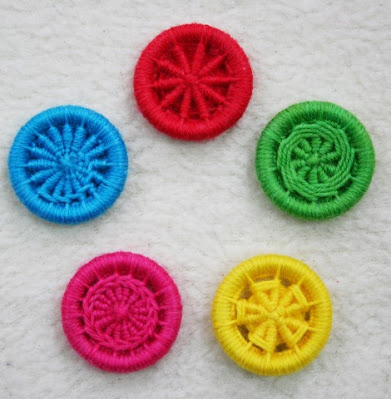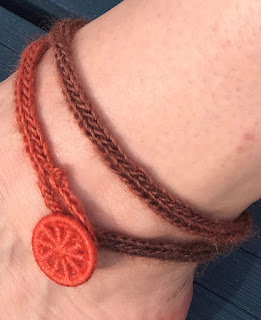Sloppy Christmas Jumper

Every year I make myself a Christmas jumper. I don't mean it has reindeer or snowmen on the front, or a nice nativity scene with the baby Jesus lying in a manger plastered across my stomach. It's a jumper I begin on Christmas day. I rarely get to knit something for myself. Mostly I'm knitting samples, designing new things, or knitting socks for my sock hungry family ( we're funding research into where the second sock goes after you wash it). At Christmas I rebel. I take time to plan what I want, to research the yarn and pattern, to think about the style of garment I'd like and what I'm going to use it for (walking jumper, mooching about jumper, gardening jumper etc). I organise my stash in the hope that I can use the yarn from it (never happens of course, I'm saving my stash for the apocolypse. Not this one, the real one, where there are zombies and all the yarn shops have already been looted). This year I decided to use the fibre I'd inhereted from my






